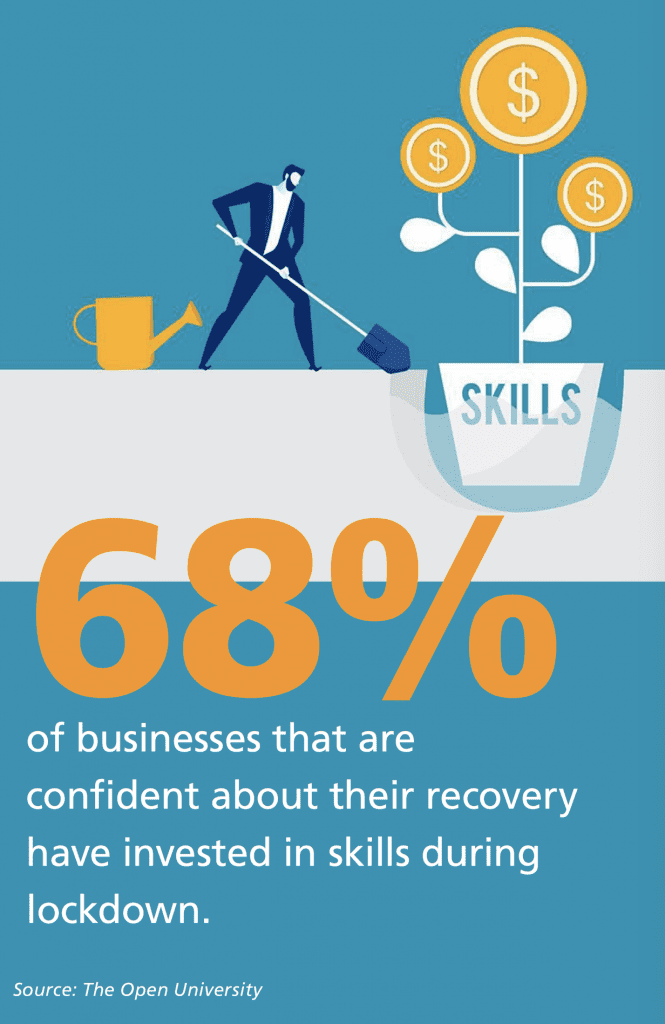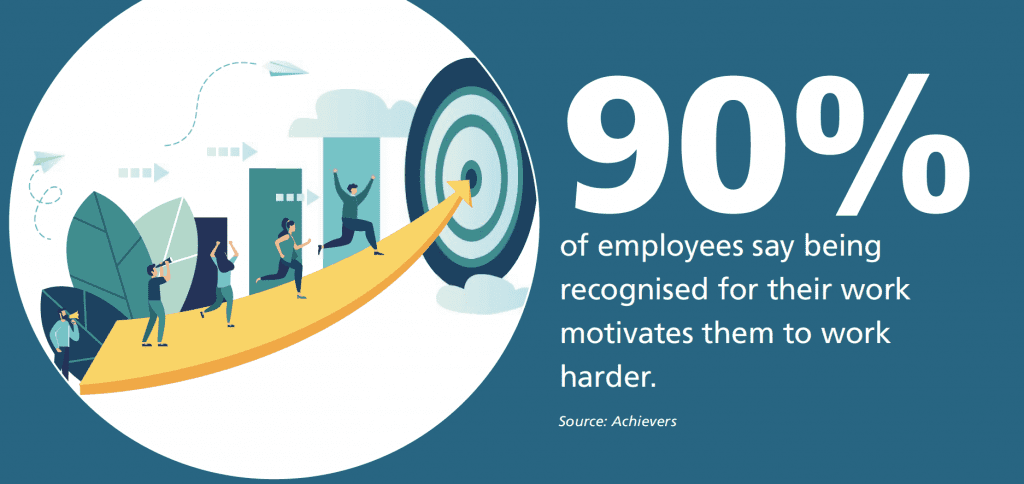From learning programmes to employee recognition, organisations are implementing a host of new strategies to keep their employees engaged.
By Simon Kent
HR is often seen as the backbone of an organisation and employee engagement is one area where this is particularly true. The recent pandemic has not only shown how critical HR is to a united and productive workforce, it has also brought new challenges for HR to deliver on.
“HR is a major component of effective communication between management and employees, and will need to be a focus for businesses as they look at post-coronavirus transformations,” notes Juliane Sterzl, vice president for the UK and Ireland at CoachHub. “Many employees will be experiencing anxiety in relation to how their organisation is faring and its impact on their own job security, and HR’s ability to handle these difficult conversations will have a major impact on employee sentiment and, in turn, their commitment to the business.”
Among the challenges for HR is the fact that employee engagement does not come with a clear-cut set of instructions. It is about the general all-encompassing messages and the values of the organisation, but equally important is the individual -the actions the organisation takes to show it cares about what an employee thinks, feels, and does. For Sterzl, it is this individualisation that is particularly challenging in the new normal.
“The major challenge facing HR technology in the post-coronavirus business context is in achieving personalisation at scale,” she says. “As businesses across industries have digitalised their processes at scale and in a hurry, there will be a pressing need to reintroduce a focus on the individual. The core value of HR is always going to be the ‘human’ -traditional analogue methods worked well on a small scale but are ineffective in larger situations, whilst digital solutions have been specifically developed for rapid, mass rollout.”
Viren Patel, corporate director of The Open University, agrees. “Engagement and motivation are key ingredients in any workforce that is adaptable enough to negotiate this crisis,” he says. For Patel, employee development and learning are critical to boosting engagement, and working remotely shouldn’t mean that such activities are lost.
Indeed, such investment may prove imperative as companies seek to get back on track. Research by the The Open University found that 68 per cent of businesses that are confident about their recovery have invested in skills during lockdown, whilst 53 per cent of those who are not confident about their recovery have not invested. “By providing such opportunities, employers are consistently emphasising the value they place in their employees, helping to keep them motivated and engaged,” says Patel.
Education and training have certainly played their part in enhancing employee engagement at broadband company Hyperoptic. Faced with the growing pandemic, Naleena Gururani, chief people officer, says her company created a task force made up of employees from multiple divisions to help manage the business through the crisis. Not only could this task force identify ways ahead, but Gururani says that its very creation “increased engagement, a sense of empowerment, and comradery among colleagues.”
Captialising on the potential of digital transformation, Hyperoptic launched e-learning platforms “Hyperlearn” and “Hyperacademy,” the latter for physical activity and peer-to-peer learning. Alongside these initiatives, the company remained focussed on maintaining and driving its culture through the working principles of “Work smarter, together;” “Stay focussed;” and “Strive for excellence.” According to Gururani, these ideas will help to sustain the company’s culture and engagement into the future.
 “Communication was the biggest challenge for engagement,” she says. “We decided to overcommunicate and had daily check-ins and frequent employee surveys -from gauging engagement to asking advice on options directly from our colleagues.” Weekly calls to connect with line managers also occurred, ensuring key workers had the tools and information required to manage their teams. Peer-to-peer recognition was further promoted as teams came together to support each other.
“Communication was the biggest challenge for engagement,” she says. “We decided to overcommunicate and had daily check-ins and frequent employee surveys -from gauging engagement to asking advice on options directly from our colleagues.” Weekly calls to connect with line managers also occurred, ensuring key workers had the tools and information required to manage their teams. Peer-to-peer recognition was further promoted as teams came together to support each other.
As a measure of the positive impact of these initiatives, the company saw its Glassdoor rating rise from three to four over this time, whilst 82 per cent of employees reported that they felt more engaged and productive and 90 per cent reported increased satisfaction with communication and managers.
“Organisations have been forced to rethink how they drive participation, improve engagement, reduce attrition, maintain connection, and create an aligned culture to ensure sustainable performance,” says Jon Maddison, managing director for EMEA at engagement platform Achievers.
According to Maddison, recognition has a large impact on this. An Achievers report from this year that found that 90 per cent of employees say being recognised for their accomplishments motivates them to work harder. “It’s important for workplaces to provide channels for real-time recognition and rewards to ensure employees feel valued and appreciated,” he adds.
He also advocates “flexibility-driven productivity,” noting that the offer of new flexible initiatives could help improve morale and motivate employees. This is in comparison to what Achievers has termed “fear-driven productivity” -employees simply working as hard as they can because they think that’s what they need to do to hold on to their jobs.
To some extent, the pandemic has thrown into relief some of the more critical demands or expectations employees have of their workplaces. Nicole Alvino, co-founder and chief strategy officer at workforce communications platform SocialChorus, suggests that one message from the pandemic is that companies must reach every employee and must not be complacent about communication.
“Every employee, even the most disengaged, has needed to receive certain information and support from their employer during this time,” she points out. “Companies need to realise that trust, empathy, and transparency are vital to the future of employee engagement. These characteristics have been brought to the forefront during the pandemic and it’s paramount this continues not only in the aftermath but for good.”
Alvino advocates “timely, targeted, and transparent” communications to the entire workforce and believes that recent circumstances actually mean that many companies are only now managing to fully engage with their employees. Not only that, but in this age of social media and multi-channel messaging, the idea of a formal CEO newsletter has been replaced by the need for something more “real” and immediate. “People are getting a small insight into their leaders’ personal lives with authentic videos made from home, and this little glimmer is making the relationship more genuine,” she says.
“There’s no doubt that COVID-19 has acted as an accelerant for the adoption of cloud services and digital technology,” she adds. “But did anyone expect it to act as a catalyst for caring more about our fellow humans?”















